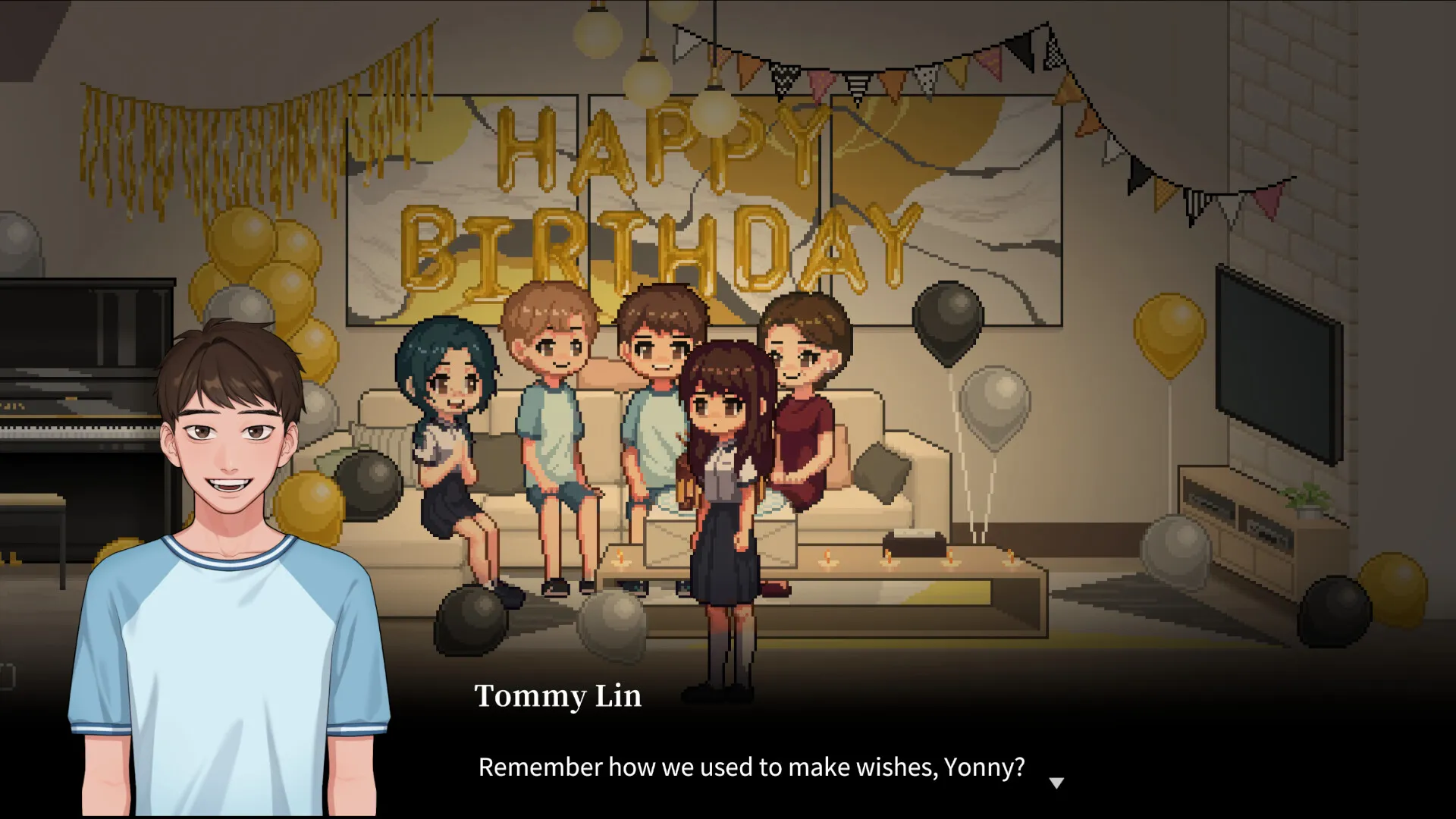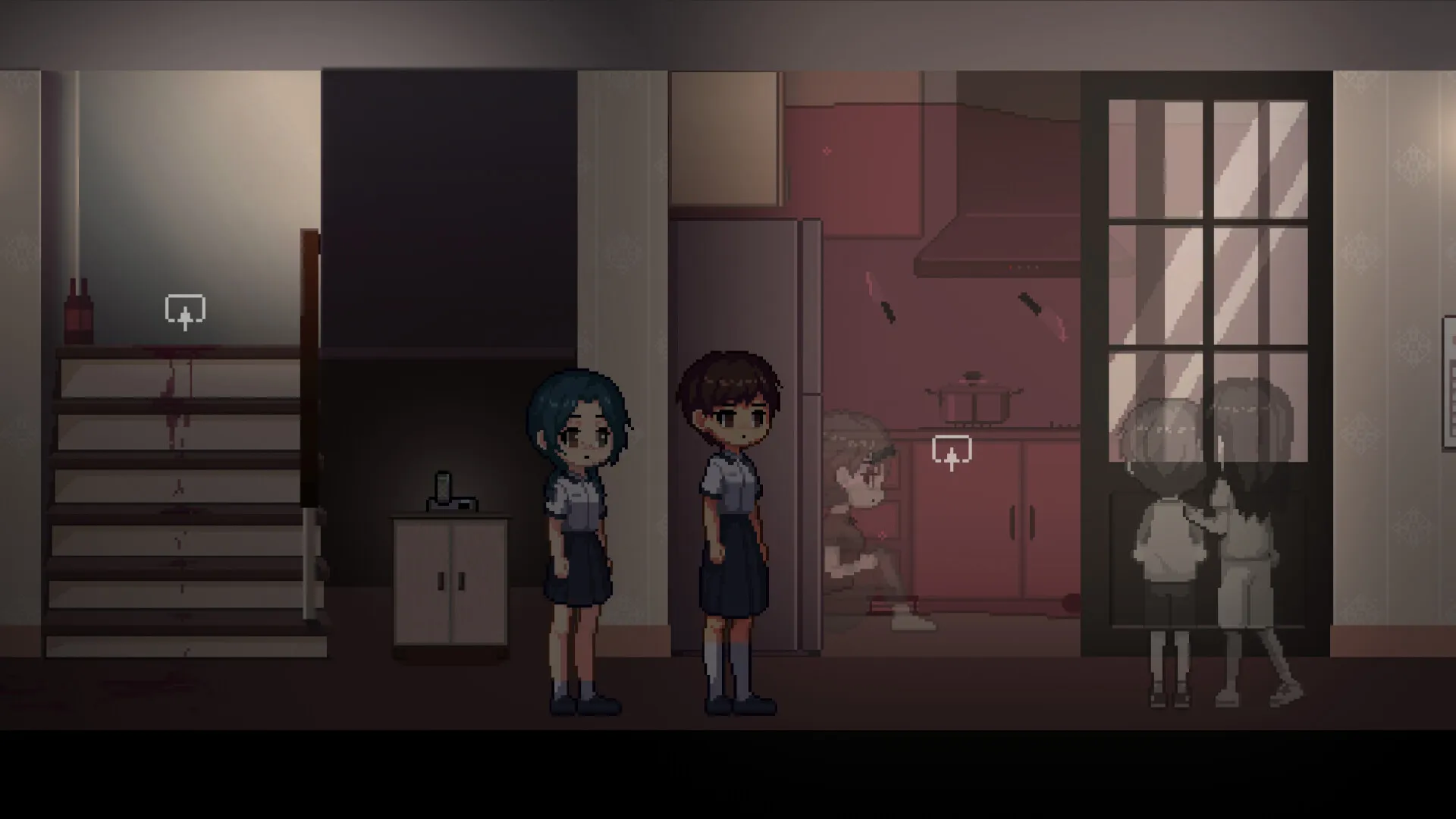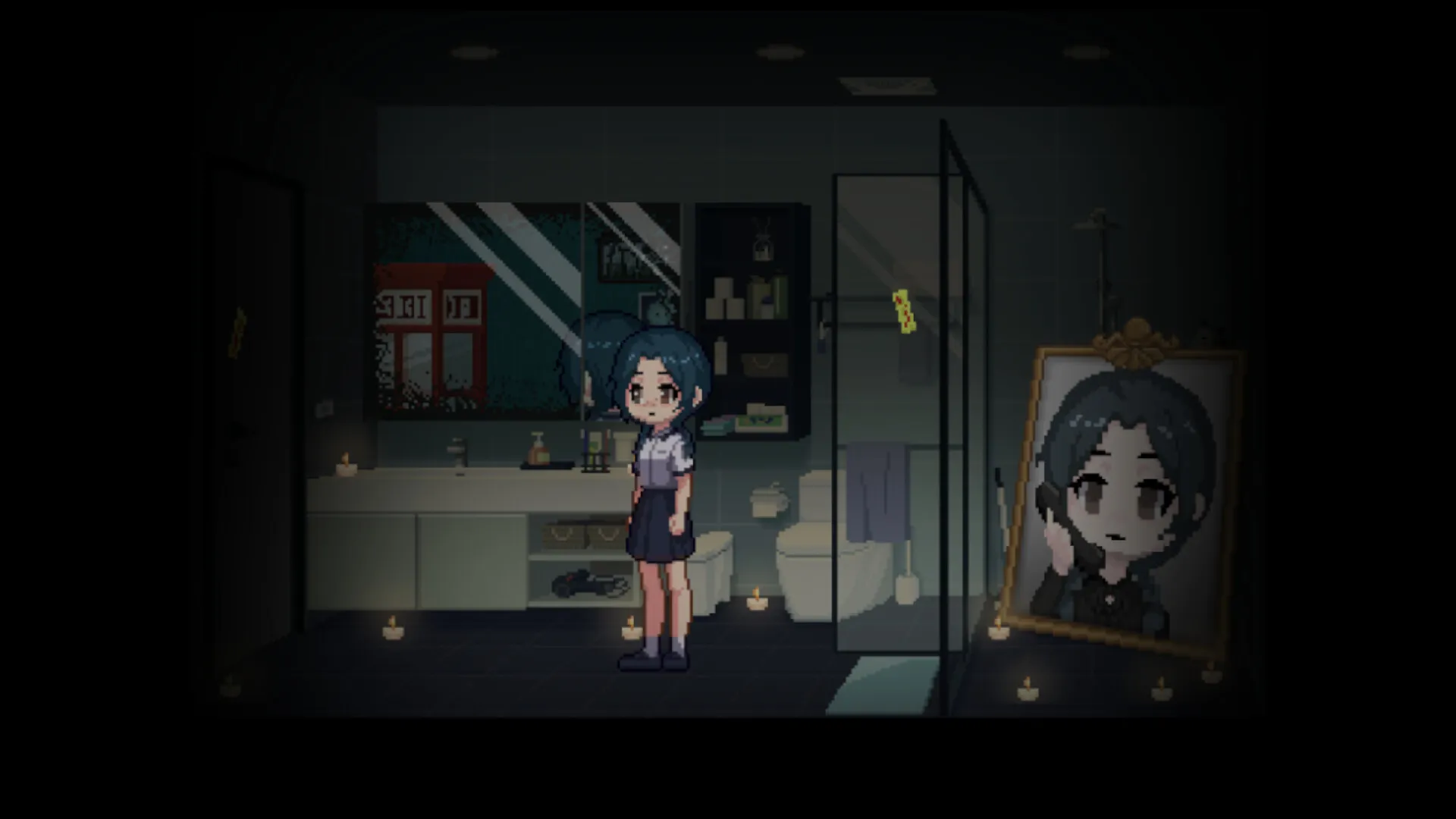Recall: Empty Wishes is a psychological horror adventure with a strong focus on narrative. Developed by Puff Hook Studio and published by DANGEN Entertainment, the title offers an experience that combines atmospheric visuals with a thoughtful exploration of human emotion.
Set against the backdrop of Taiwan during the 2010s, the game immerses players in a world where everyday life meets supernatural occurrences. The experience lasts around three hours, making it ideal for a concentrated play session that allows one to fully absorb the narrative and design without interruption.
The game centers on the unexplained disappearance of Tommy Lin. A magical ritual triggers shifts in perception, letting characters view events from different angles. This mechanism provides fresh insight into the mystery and sets the tone for a reflective exploration of personal loss and the hidden facets of reality.
Story and Narrative Structure
Recall: Empty Wishes presents a tale centered around the sudden disappearance of Tommy Lin and follows his sister, Yonny Lin, as she seeks answers. The narrative kicks off with a mysterious ritual that opens access to memories and alternate visions of past events. This device serves as a bridge between the ordinary and the surreal, offering players glimpses of hidden moments and untold stories that gradually build the mystery.
The game adopts a fragmented approach to its storytelling, where events are revealed through disjointed memories rather than in a straight timeline. Characters like Phoebe Jian and other key figures contribute distinct viewpoints, each adding pieces to the puzzle of Tommy’s fate.
This method requires the player to assemble the narrative from various fragments, creating a mosaic of experiences that encourages careful observation and thoughtful reflection. The interplay among different perspectives ensures that every piece of dialogue and each recalled memory adds depth to the unfolding mystery.
The work concentrates on themes of loss, regret, and the challenges of coming to terms with the past. As Yonny confronts the unresolved questions surrounding her brother’s disappearance, the narrative captures moments of personal sorrow alongside hints of redemption.
The intermingling of realistic emotional struggles with surreal, almost dream-like sequences gives the story a palpable weight. Specific scenes where the environment shifts in response to a character’s inner state stand out, provoking strong reactions and encouraging a personal connection with the unfolding events.
Magic in Recall: Empty Wishes is used as a tool for uncovering the unseen aspects of life and memory. The ritualistic elements not only introduce the mystical but also pave the way for sequences that provoke an unsettling atmosphere.
Psychological horror is interspersed throughout the narrative, creating moments that both surprise and challenge the player’s perceptions. This balance between supernatural interventions and raw emotional storytelling reinforces the game’s overall design, prompting players to question the nature of reality and memory with every revealed fragment.
Interactivity and Enigma in Action
Recall: Empty Wishes presents itself as a 2D side-scroller where exploration and interaction form the heart of the experience. Players move through environments such as the Lin family home and school, engaging with objects and characters that shed light on the unfolding mystery. The act of searching for clues is treated as a key mechanism, with each room and corridor offering hints that contribute to understanding the narrative.
Puzzles in this title consist of collecting items, solving simple logic challenges, and piecing together clues hidden within the environment. These challenges are crafted to support the unfolding narrative rather than disrupt the flow. The design of each puzzle aligns closely with the emotional beats of the story, prompting the player to think about how seemingly minor details might connect with deeper memories and secret truths.
The transition between exploring spaces and uncovering story elements is handled with clarity, ensuring that players are guided smoothly through each chapter. There is a sense of continuity in moving from quiet investigation to the more tense sequences that feature moments of survival horror and chase scenes. Although these segments sometimes stand out from the overall pace, they are integrated with a clear purpose and aim to intensify the experience when the narrative calls for it.
The game strikes a careful balance between offering freedom to explore and providing structure through environmental cues. Players are encouraged to inspect every corner without encountering needless obstacles, and the clues embedded in the scenery keep engagement levels high. The intuitive design of the interface and the clear layout of the game world contribute to an experience that feels both rewarding and emotionally charged, urging the player to consider how each interaction reinforces the deeper story.
Visual and Audio Presentation
Recall: Empty Wishes employs a mix of pixel art, detailed illustrations, and expressive 2D portraits. The visuals offer clear emotional cues through carefully crafted characters and settings. The art captures subtle expressions and atmospheric details that speak to the characters’ inner feelings and the overall tone of the game.
The game’s settings shift as memories surface and emotional states change. Backgrounds and character depictions adjust gradually, using shifts in color and minor alterations in facial expressions to mirror the evolving narrative. These visual signals are thoughtfully placed, giving players additional layers of meaning to consider while progressing through the mystery.
The audio component features gentle, mood-setting music that plays during key narrative moments. Soft melodies accompany quiet, reflective scenes, while sharper, ambient sounds alert players during moments of suspense. Sound effects are employed to establish a sense of space and tension, enhancing the impact of dramatic scenes without overwhelming the dialogue or visuals.
A careful combination of visual design and sound work creates an environment that draws players into the experience. The quiet moments of ambient silence, contrasted with timely musical cues, serve to highlight important emotional beats within the game.
This interplay invites players to sense the deeper layers of meaning hidden in both imagery and audio, prompting reflection on the underlying story. Each detail, from the delicate shifts in tone within the music to the subtle changes in visual composition, contributes to a layered experience that encourages thoughtful engagement with every scene.
Character Arcs and Emotional Engagement
Yonny Lin’s progression from a state of deep loss to a careful unraveling of hidden truths forms the emotional backbone of the experience. Her personal evolution reflects a struggle with unresolved grief and the desire to understand what happened to her brother.
Alongside her, Phoebe Jian and other figures bring varied perspectives that add depth to the narrative. Each character’s personal history contributes pieces to the overall mosaic, revealing different facets of regret and acceptance through their interactions.
The game presents character backstories and personal challenges that draw out sincere responses from players. Moments where interactions between Yonny, Phoebe, and other supporting figures highlight personal pain and hope stand out. The script captures the raw sentiments of loss and the quiet determination to uncover truth, allowing the player to connect with the characters on a personal level. The subtle shifts in dialogue and visual cues throughout key scenes help create a genuine sense of connection and understanding.
Decisions made during interactions influence the unfolding of events, with minor choices steering the narrative toward different outcomes. These options are woven into the fabric of the storytelling, offering a tailored experience that reflects the player’s own priorities without overwhelming the central plot. This mechanic ensures that each playthrough may reveal new details about the characters’ internal struggles and the broader mystery, inviting thoughtful participation and consideration of each moment.
Cultural and Thematic Analysis
Recall: Empty Wishes draws on local traditions and social dynamics, presenting a setting rooted in Taiwan during the 2010s. The game portrays family dynamics, where selective attention within households subtly affects individual characters, and it touches on social exclusion in school settings. These elements lend authenticity to the backdrop, inviting players to consider how personal relationships and societal expectations shape behavior.
The narrative centers on the weight of loss, the persistence of memory, and the process of reconciling past regrets. The integration of supernatural occurrences with everyday life underscores the emotional complexity of these themes. As players uncover hidden recollections, the blending of ordinary settings with surreal experiences deepens the discussion around how people process pain and seek closure.
Symbolic imagery plays a significant role throughout the game. Shifting environments and sequences that evoke a dream-like quality mirror the inner emotional landscape of the characters.
The magical ritual, in particular, serves as a potent symbol—acting as a vehicle that unlocks suppressed memories and hidden truths. These devices offer a visual and narrative shorthand for the inner struggles faced by the characters, prompting thoughtful reflection on how memory and emotion can reshape personal narratives.
The Review
Recall: Empty Wishes
Recall: Empty Wishes offers a compelling experience where a heartfelt narrative meets straightforward gameplay and expressive visuals. The game’s exploration of memory and loss through symbolic imagery creates a memorable, if occasionally uneven, experience. For those who appreciate narrative depth and indie innovation, it stands as a noteworthy title.
PROS
- Deep and emotionally resonant narrative
- Engaging character development and cultural nuances
- Smooth integration of gameplay and storytelling
- Expressive visuals that enhance mood and symbolism
CONS
- Occasional pacing issues in survival segments
- Some imbalance between supernatural elements and realistic storytelling




















































